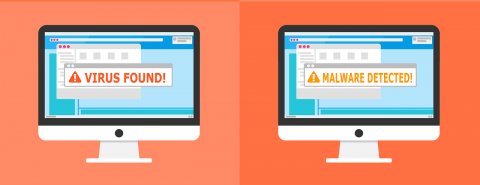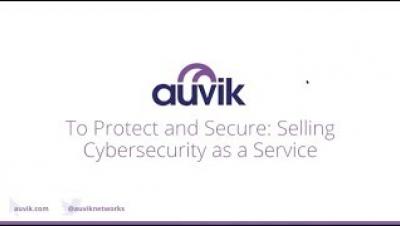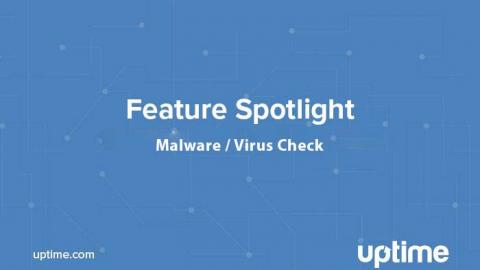Android malware: How do enterprises tackle this ever-growing menace?
Let us first agree on a couple of things before we start: One, Android is the most affordable platform for enterprises with a mobile-first/mobile-only workforce, and it has the smallest learning curve of any mobile OS. Two, due to its very open-source nature, Android is easy for malicious actors to pray on, with the Google Play Store being the breeding ground for many attacks.











